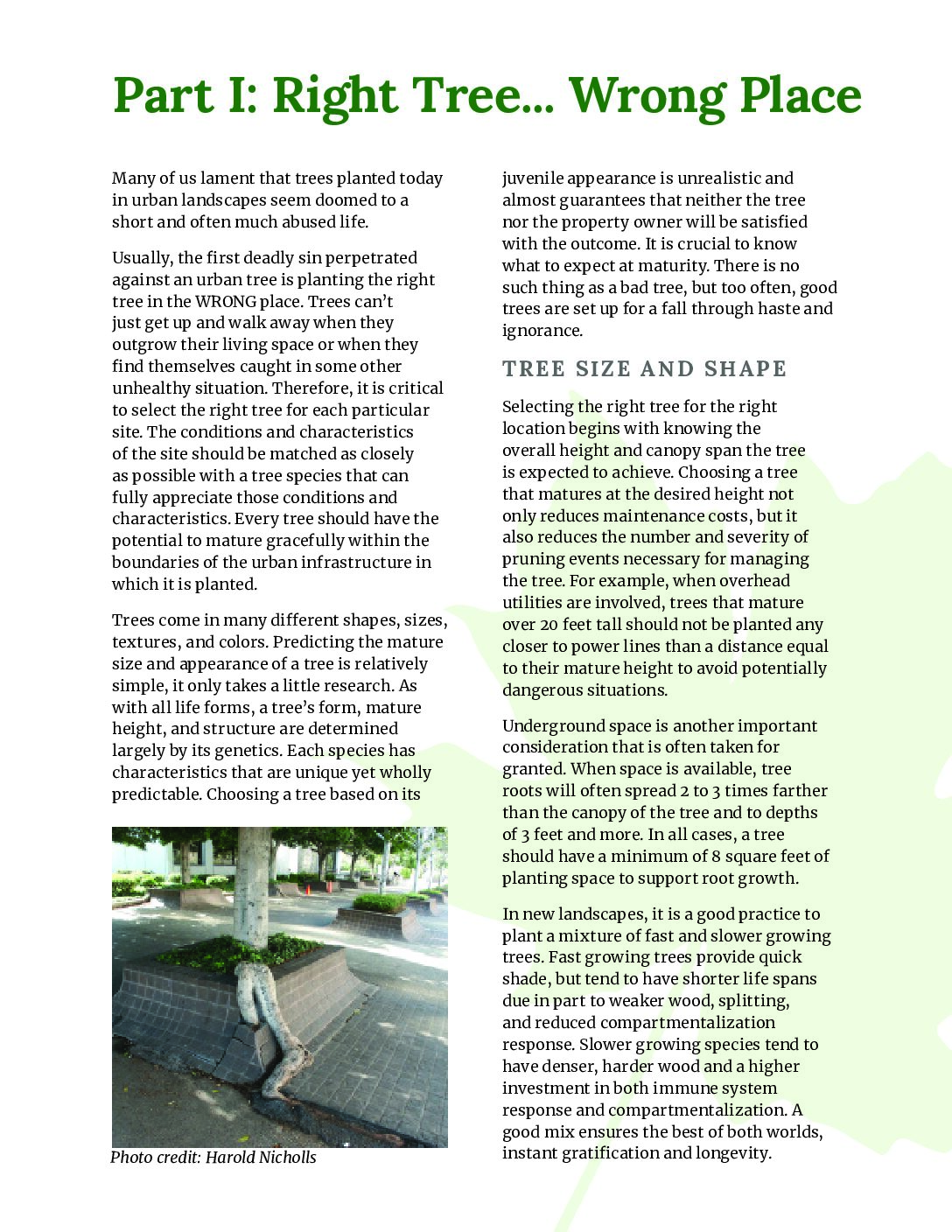
Preserving urban forests through
education and wildfire mitigation
Trees You Can Plant Today
For A Better Tomorrow
Mind The Divide has put together a tree list with the hope that it will ease the selection process for municipalities and home owners as they work toward their goals of canopy cover. When selecting trees, you want to make sure you are planting a tree that is right for your USDA zone. If you are unsure of your zone, please take a look at our map. Due to ongoing water shortages across California, most trees are low or very low water use once established, based on Selectree.com standards. Please go to our video library for videos on the different methods of watering newly planted trees versus mature trees to better understand how to establish your trees and keep them happy.
The tree list focused on an array of trees, including some native, some utility line friendly, a few with showy flowers, options with little to no mess from fruit, and some with special concern for root uplift in areas with ridgid sidewalks. It does not include invasive species, nor does it include species deemed highly flammable by experts.
This list is a starting point for increasing canopy cover and does not include all possible options. When choosing a planting site and making species selections, please remember the needs of the tree while it grows as well as its needs once established. Refer to our sections on the 10/20/30 Rule as well as the Seven Deadly Sins when choosing options. Also, ask yourself these questions:
- How will this species handle my zone?
- How will this species handle climate change’s warmer weather patterns?
- How much space can I offer a tree’s roots, branches, and overall height once fully grown?
- How does this tree’s water, sun, and shade needs pair with my current vegetation?
10-20-30 Rule
The 10-20-30 Rule focuses on diversity of trees throughout a city. Diseases and insects tend to target particular tree species and other closely related members, potentially wiping out entire tree populations. To safeguard against this, planting a diverse array of tree species is essential.
Related Articles:
The Seven Deadly Sins of Tree Care
By Tina McKeand
Below you will find tips for avoiding the seven deadly sins, or mistakes, that tree owners most commonly make, including:
1. Right Tree, Wrong Place
2. Structural Defects
3. Planting at the Right Depth
4. Over and Under Watering
5. Poor or Neglected Staking
6. Premature Removal of Juvenile Branches
7. Poor Pruning or Topping
Learning about how trees grow and
what they need will help you avoid these
deadly sins and give your tree a better
chance at survival!
1. Right Tree, Wrong Place
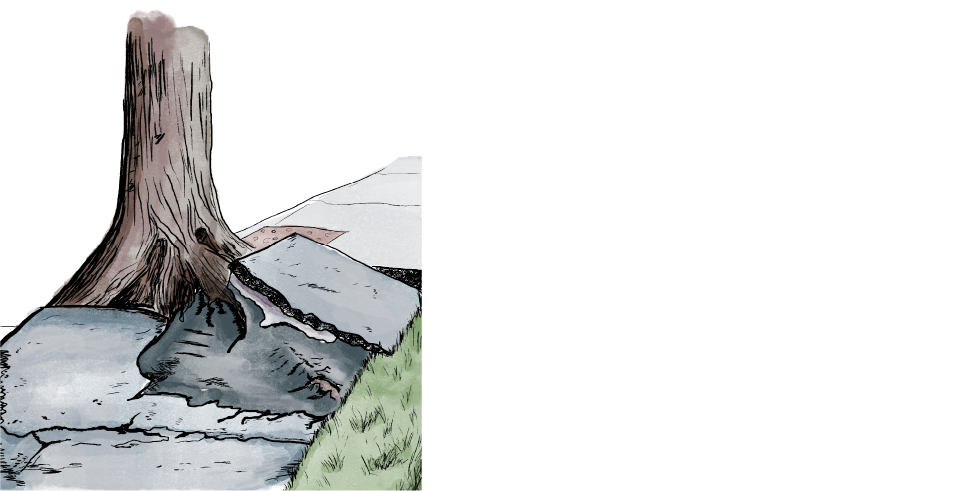
Usually, the first deadly sin occurs when the right tree is selected for the wrong location.
Trees are stationary and, therefore, subject to the conditions where they are planted. Some species may be appropriate for the local climate, but if planted in the wrong place they can outgrow their planting space, clash with infrastructure or design, and require additional maintenance to control
size or form.
3. Planting at the Right Depth
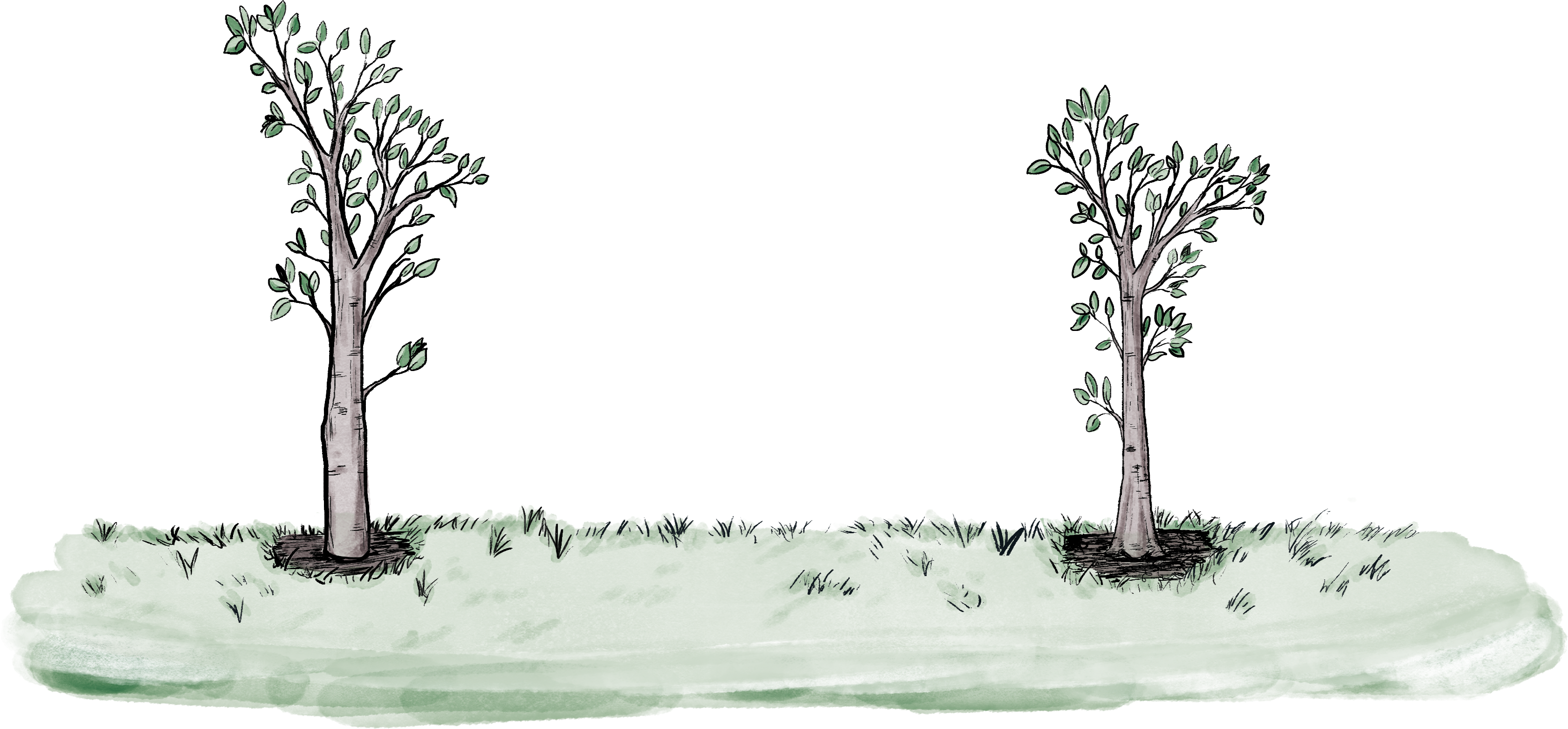
Many things can, and often do, go wrong during the tree planting process. One of the most common deadly sins is planting a new tree too deep. It is always best to plant a tree so that the root flare is level or slightly above the finished grade. Planting too deep allows moisture and soil particles to soften and abrade buried bark tissue. This promotes infection and decay and often leads to premature death.
5. Poor or Neglected Staking
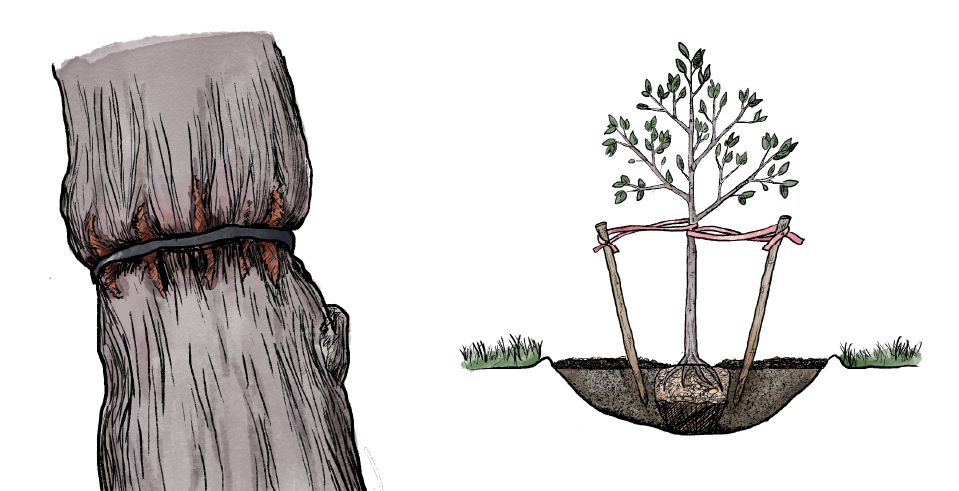
Staking can help stabilize and support a new tree while its roots become established, generally within about one year. However, if neglected or used improperly, staking can cause serious harm, including cambium damage, an underdeveloped trunk, permanent scarring, or girdling.
When planting, use support stakes and ties only if your tree is unable to stand on its own.
7. Poor Pruning or Topping
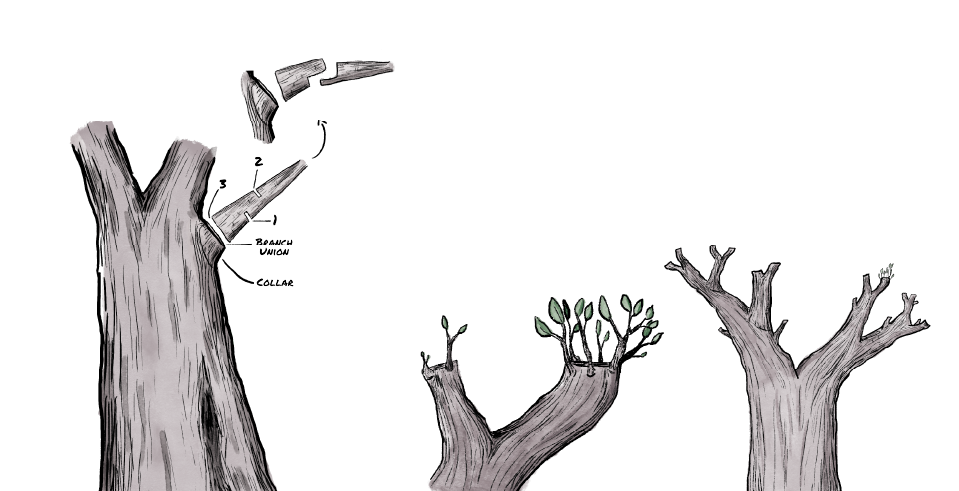
The objective of proper pruning should be the correction of major structural defects, such as crossed branches and dead or diseased wood. But, since urban trees are destined to be part of a community, they also should be expected to conform to community standards. Keep in mind, however, that pruning creates wounds that shape growth and divert energy, so if you want to promote healthy tree structure while preserving it’s natural grace and
character, prune wisely and sparingly.
Click below to view the full Seven Deadly Sins document.
2. Structural Defects
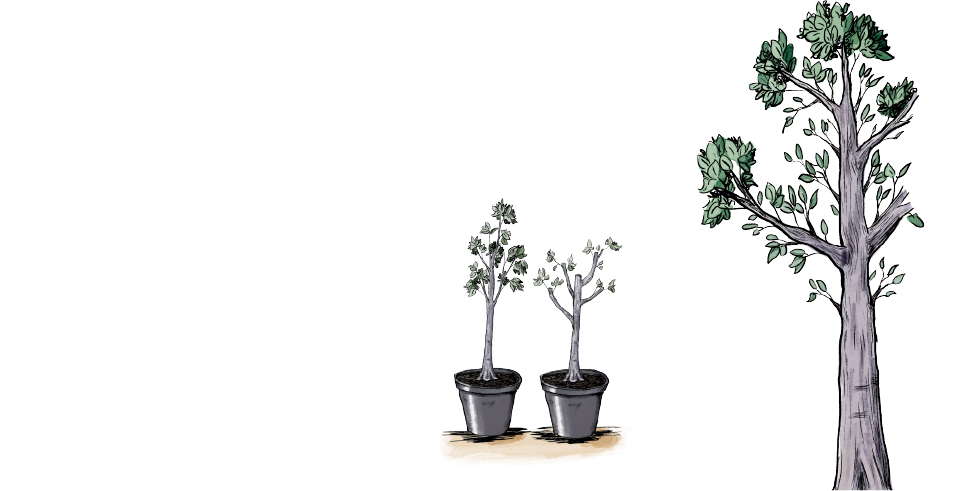
While the first deadly sin involves selecting the right species of tree, the second involves selecting a tree that is healthy and properly structured. To avoid this deadly sin, simply be a knowledgeable, discerning consumer, and support reputable growers by refusing to purchase unhealthy, structurally defective trees.
4. Over and Under Watering
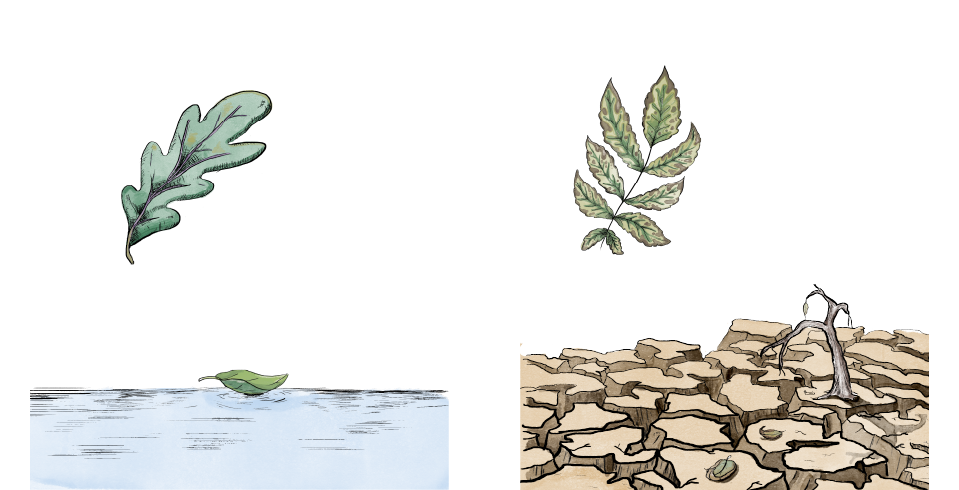
It is not always easy to know how much water a tree needs. Generally, giving a tree a good soak and then allowing the soil to become somewhat dry before the next good soaking is good practice. This allows the tree to absorb the water and also allows for the exchange of oxygen and carbon dioxide as the soil goes from saturated to almost dry.
6. Premature Removal of Juvenile Branches

In nature, trees grow in a logical manner according to a genetic plan millions of years in the making. Part of that plan includes juvenile branches. These branches not only support the development of a strong, healthy trunk base, but also aid in wind resistance and protect against sunburn.
Premature removal can impede canopy growth, cause trunk failure through stress fractures, result in sunscald and peeling bark, reduce vascular flow, and invite insects and pathogens.


